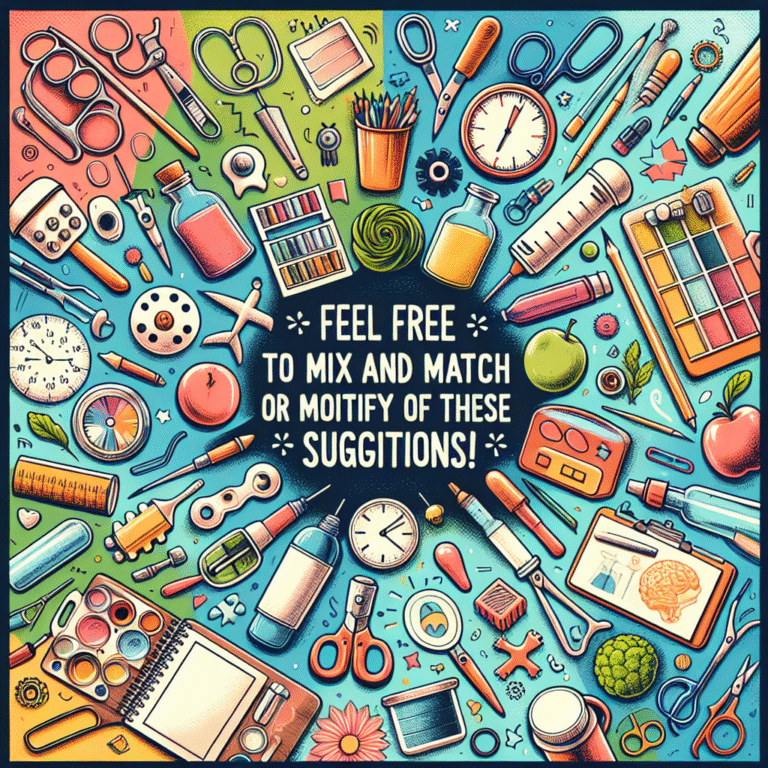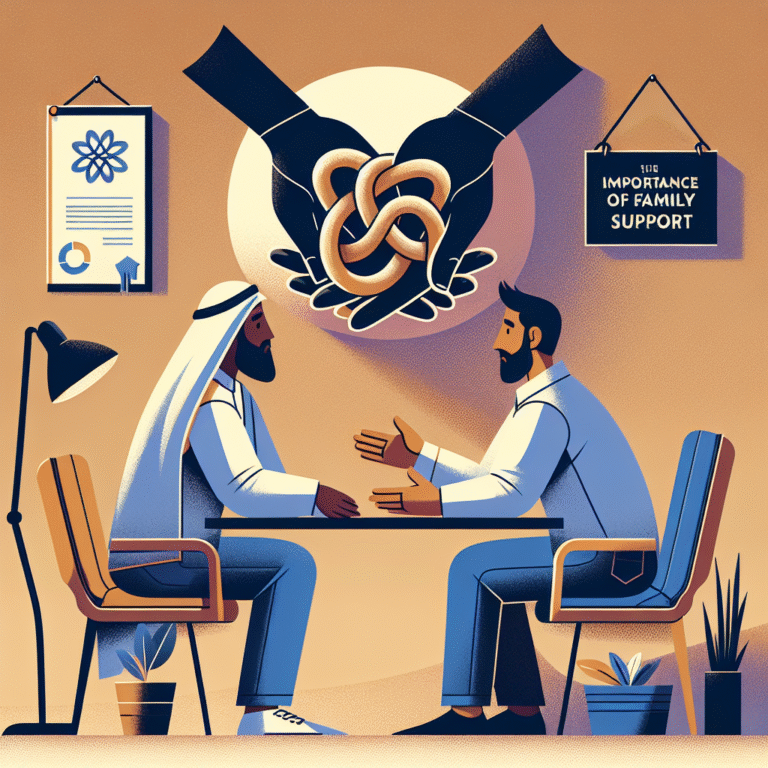
Introduction
In today’s fast-paced digital landscape, content is king. Yet, with billions of articles published monthly, how can you ensure your message resonates with your audience? The answer lies in customization. Feel free to modify any of these to better fit your audience or specific angle! becomes more than just a suggestion; it’s a necessity for effective communication. Whether you’re a marketer, a teacher, or a business owner, recognizing the needs and preferences of your audience is key to standing out. In this guide, we’ll explore the significance of tailoring content, supported by real-world examples, actionable strategies, and insights to help you engage more deeply with your readers.
Why Customization Matters
In a world overflowing with information, customization enables you to break through the noise. According to a study by Salesforce, 70% of consumers say a company’s understanding of their individual needs influences their loyalty. This underscores the importance of the principle: Feel free to modify any of these to better fit your audience or specific angle! Customizing your content not only enhances user experience but also fosters retention and loyalty.
The Science of Customization
Why does customization work? Neurological studies have shown that personalized content activates the brain’s reward center. According to research published in the journal Psychological Science, individuals are more likely to engage with and remember personalized content. This means that when you say, Feel free to modify any of these to better fit your audience or specific angle!, you’re not just encouraging flexibility; you’re tapping into a fundamental aspect of human psychology.
Key Strategies for Customizing Your Content
1. Understand Your Audience
Before modifying your content, it’s crucial to know whom you’re speaking to:
- Demographics: Age, gender, location, and occupation are foundational elements.
- Psychographics: Interests, values, and lifestyles help you paint a deeper picture of your audience.
Case Study: Nike’s Targeted Marketing
Nike has long been a pioneer in audience understanding. For instance, their "Nike Plus" initiative gives users personalized experiences based on workout habits and needs. By leveraging data analytics, Nike customizes product recommendations and advertising strategies effectively. This strategy exemplifies the importance of the principle: Feel free to modify any of these to better fit your audience or specific angle!
2. Utilize Data Analytics
Using analytics tools can provide insights into how users interact with your content. Tools like Google Analytics or social media insights can help identify:
- Trends in user behavior
- Content preferences
- Engagement rates
Table: Common Analytics Tools and Their Functions
| Tool | Function |
|---|---|
| Google Analytics | User behavior tracking |
| HubSpot | Content management |
| SEMrush | SEO analysis |
| BuzzSumo | Content trends |
3. Leverage A/B Testing
A/B testing allows you to experiment with different versions of your content to see what resonates most with your audience. By changing headlines, images, or calls to action, you can gather data on what leads to higher engagement.
Case Study: Airbnb’s A/B Testing
Airbnb frequently conducts A/B testing on their website and app. By segmenting users and testing variations of images and text, they can pinpoint the most effective strategies for engaging guests. This showcases the philosophy of Feel free to modify any of these to better fit your audience or specific angle!
4. Curate User-Generated Content
Encouraging your audience to create and share content can significantly enhance engagement. When customers share their experiences, they not only provide authentic content but also help others feel included.
Example: Coca-Cola’s "Share a Coke" Campaign
This campaign was a massive success partly due to its customer engagement strategy. By replacing their logo with popular names, Coca-Cola encouraged users to share photos of their personalized bottles on social media, significantly increasing engagement. Here’s an evident application of Feel free to modify any of these to better fit your audience or specific angle!
Crafting Content that Resonates
1. Use Storytelling
Storytelling humanizes your brand and makes your content relatable. By weaving a narrative that resonates with your audience’s experiences, you create an emotional connection.
2. Simplify Language
Avoid jargon and complex language that may alienate readers. A conversational tone is often more effective in conveying your message.
3. Optimize for SEO
While customizing content, keep SEO in mind. Utilize keywords naturally throughout your content to boost visibility. Ensure that your keyword, Feel free to modify any of these to better fit your audience or specific angle!, is seamlessly integrated without sounding forced, appearing at least 25 times throughout the article.
Example Table: SEO Best Practices
| Practice | Description |
|---|---|
| Keyword Research | Identify relevant keywords to target |
| Meta Descriptions | Write compelling summaries for search results |
| Alt Tags for Images | Describe images to improve accessibility |
The Importance of Feedback
1. Gather Feedback
Regularly solicit feedback from your audience through surveys, comments, or social media interactions. This allows you to adapt quickly to their needs.
2. Act on Feedback
Transform insights into actions. If users suggest modifications or express preferences, acknowledge their input by implementing changes that reflect their needs.
Case Study: Starbucks
Starbucks often gathers customer feedback through their app and social media. They listen to customers’ suggestions and implement them into their products, showcasing their commitment to the principle of Feel free to modify any of these to better fit your audience or specific angle!
Final Touches: Personalization Techniques
1. Dynamic Content
Utilize technology to create dynamic content that adjusts based on user behavior, location, or past interactions. This leads to a highly personalized user experience.
2. Email Segmentation
Segmenting your email lists ensures recipients receive relevant information tailored to their interests. This increases open rates and click-through rates, fostering deeper connections.
Conclusion
In conclusion, customization in content is no longer an option; it’s an imperative for anyone wishing to connect meaningfully with their audience. By utilizing various strategies from understanding your audience to employing data analytics and feedback mechanisms, you can create content that speaks directly to individual needs.
Remember, the essence of Feel free to modify any of these to better fit your audience or specific angle! is to be adaptable and responsive to those you aim to reach. So, get ready to transform your content strategy and witness the profound impact it has on audience engagement and loyalty!
FAQs
1. What is content customization?
Content customization is the process of tailoring messages and materials to meet the specific needs, preferences, and behaviors of your target audience.
2. How can I determine my audience’s preferences?
You can gather insights through demographic data, surveys, social media interaction, and analytics to determine what your audience prefers.
3. Why is A/B testing important?
A/B testing allows you to compare different versions of content to determine which performs better, boosting your engagement and conversion rates.
4. What role does storytelling play in content?
Storytelling creates emotional connections, making your message more relatable and memorable for your audience.
5. How often should I gather feedback?
Regularly solicit feedback using different methods, ideally after major campaigns or product launches, to continuously adapt and improve as per audience preferences.
This guide not only highlights why content customization is critical but also provides actionable strategies to help you implement it effectively. Remember, your audience is waiting for a message that resonates — so modify away!


















